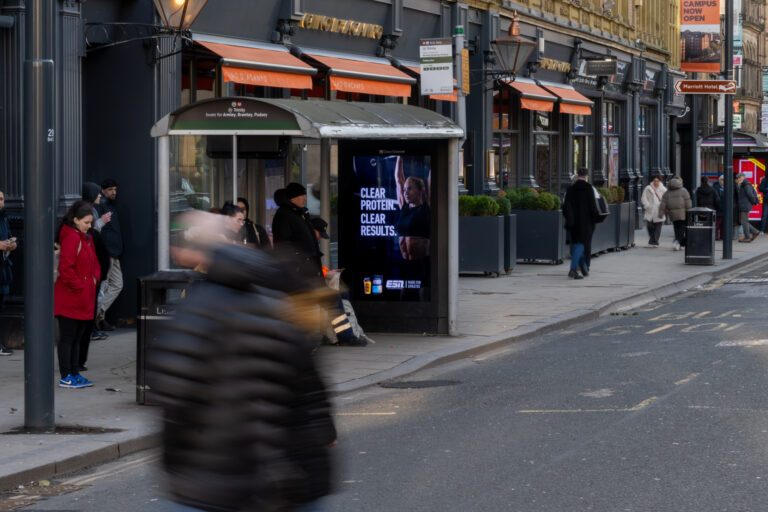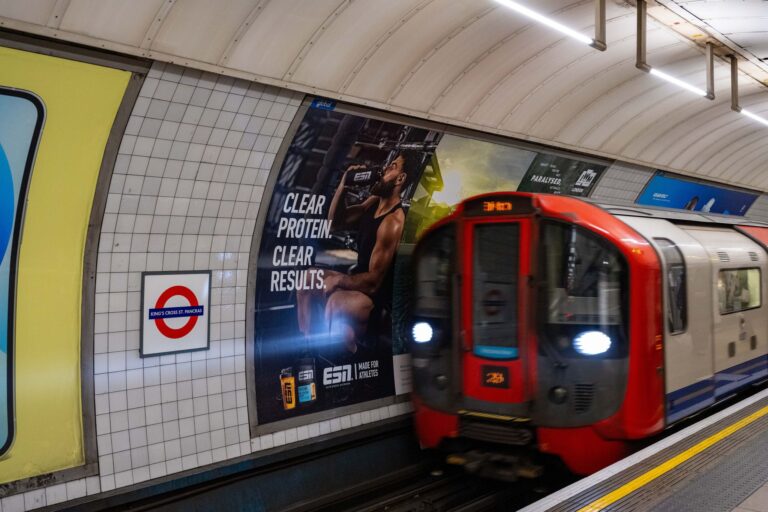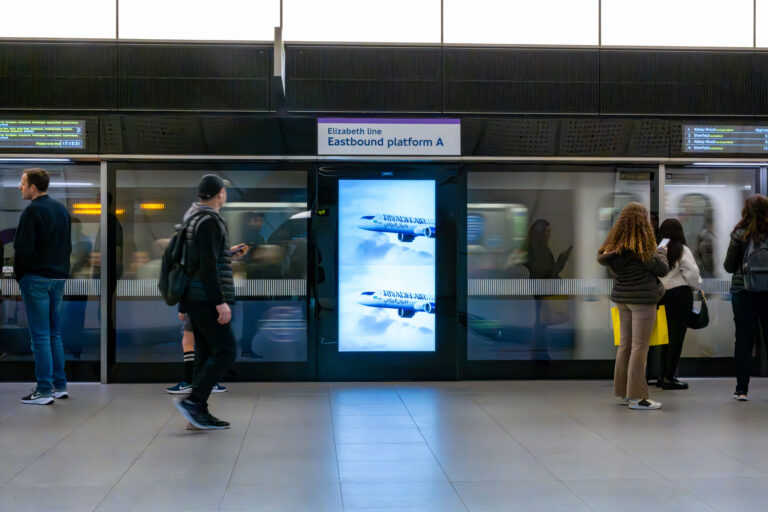Introduction
If you have ever been to an airport, you may have noticed that the advertising feels next-level. Brands put more effort than normal into making their ads pop in this environment.
But why?
It’s an intriguing question. You would think that airport advertising would have the same impact as anywhere else, but it doesn’t.
Lucky for you, this article explains the reason for this. We look at why airport advertising works so well and what makes it special.
We also explore the various formats that airport ads can take, and how they built trust and awareness so ultimately, you can use them to sell more.
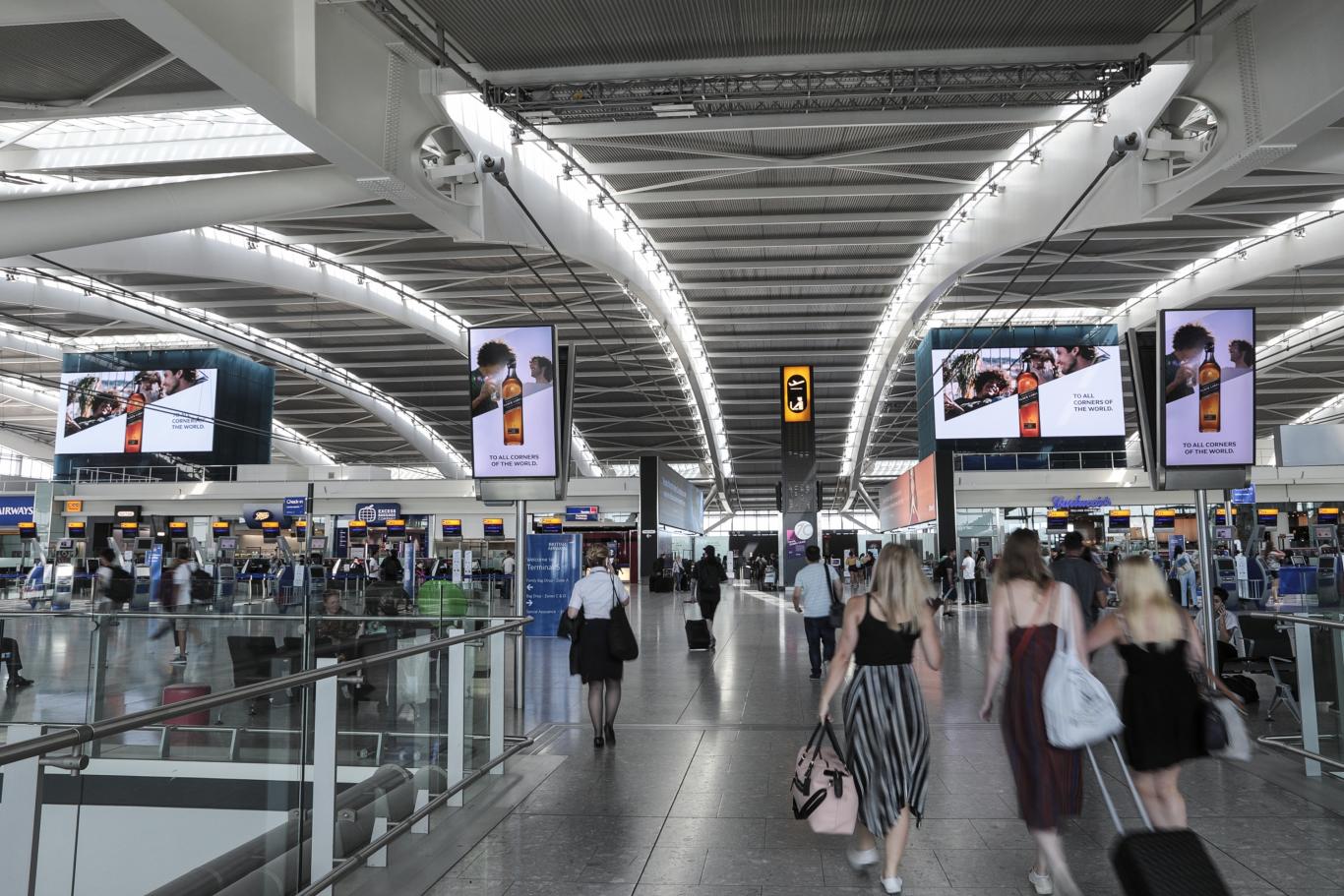
The Psychology Of Travel: Why People Are More Receptive To Airport Ads
To many marketers, airport advertising effectiveness seems unreasonably good. Even ads used elsewhere seem to perform so much better in this environment.
The primary reason for this is that airports put passengers in what researchers call a “liminal” state. Because they are a transition between one location and another, they feel detached from their normal patterns of behaviour and regular life.
For example, a prospect might ignore an ad for perfume on their local high street. That’s normal. However, they could begin to imagine they are the sort of person who might spend £100 on a bottle in an airport.
Environmental psychology plays a role in this process. Researchers have found that people experience mild anxiety and reduced critical thinking in airports.
They are significantly more prone to distractions and have lowered defences, making them more likely to buy.
Furthermore, they often want a diversion from the stress of catching their next flight or how tired they feel. This state increases propensity to consumption even more.
Paired with this, some researchers highlight that travelers in airports have higher emotional vulnerability. These venues trigger emotions like:
- Stress of missing a flight
- Fear or authorities checking bags
- Excitement about the final destination (for a vacation)
On a neurological level, brain scans reveal that travel increases the activity of the amygdala, the area of the brain associated with the fear response and impulsivity. Because of this, people are far more likely to act on their emotions, increasing the likelihood they will respond favourably to ads.
For example, a box of teabags might cost £2 in a regular supermarket. But in an airport store, that same box might be £8, a price most people would never consider paying in normal life.
Finally, travelers in airports are what marketers call a “captive audience.” This means that once they’re inside, they can’t really go anywhere until they get on their flight.
At the same time, a lot of people travel to airports many hours in advance of their flights, even if they don’t have to. These arrangements mean that travelers will often spend hours looking at ads instead of seconds.
Take airport billboards, for instance. A traveler in a waiting room for two hours might glance at one thirty times, equalling the same level of exposure as a road-based billboard would generate over a period of a month.
This is all great, but does any research back the fact that airport ad exposure is more effective?
Incredibly, it does. Arbirtron, for example, found that airport ad exposure increases the likelihood that marginal consumers (those least willing to pay) will actually buy. This fact suggests that airport advertising is more effective as a medium than most other methods.
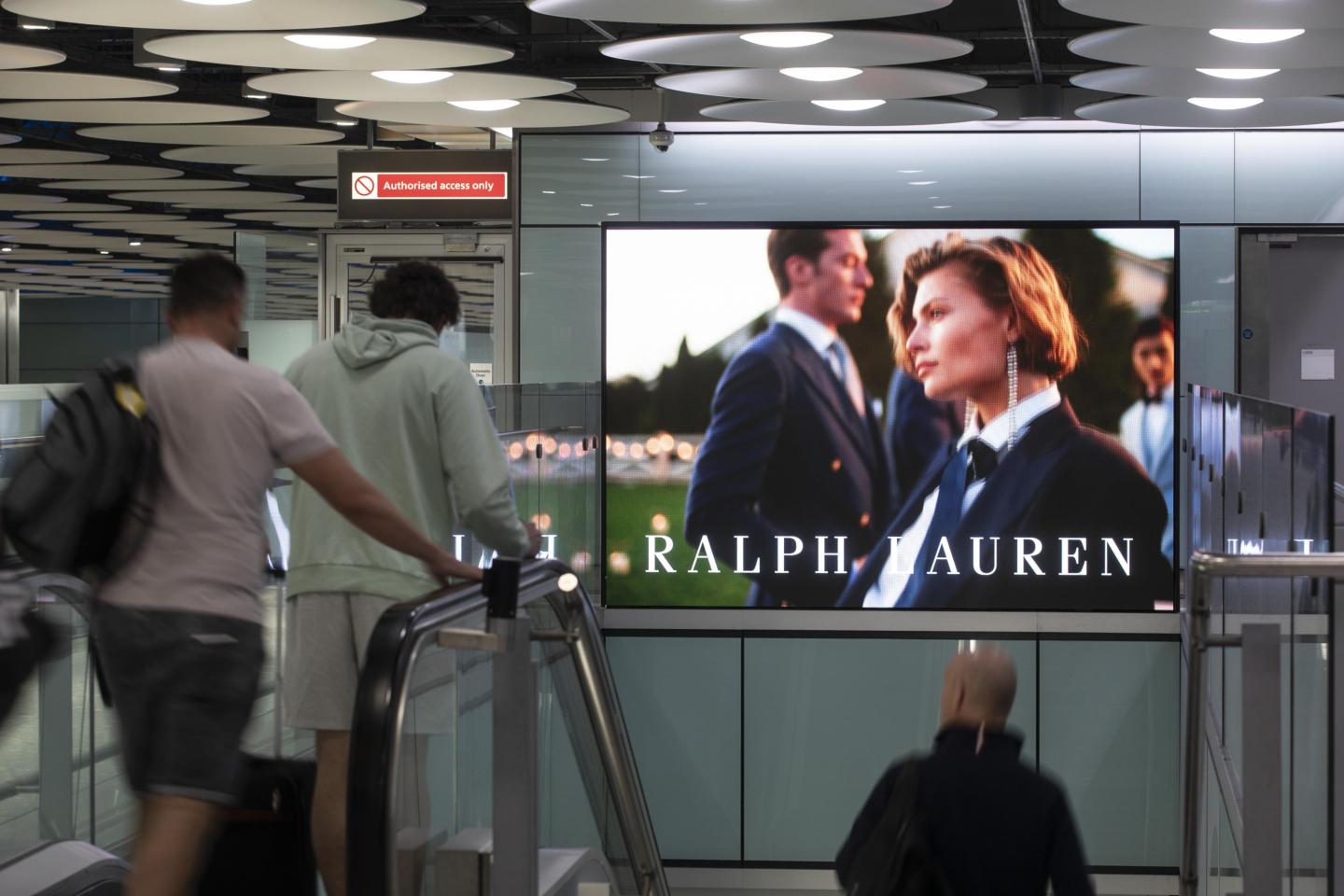
What Makes Airport Advertising Unreasonably Effective?
So, what makes airport advertising so effective?
Priming is the overarching reason why most psychologists and marketers think it works so well. Airports put prospects in a state of mind that makes them more vulnerable to the sale.
For example, a study found that decision-makers in airport environments were significantly more likely to make impulse purchases than in regular malls. Many use their wealth to buy products from aspirational brands, like Rolex and Chanel, which is why so many of these brands have outlets in airport shopping centres and lobbies.
However, priming isn’t the only reason airport advertising is unreasonably effective. Here are some additional factors to consider:
Traveler Affluence
Airport advertising works may also work surprisingly well because of traveler affluence. People who use airports tend to be significantly wealthier than the average population. These are the globally mobile individuals who can afford to take foreign holidays or travel for business.
According to some studies, their average income can be up to 50% more than the population as a whole. That means they have significantly more to spend.
Furthermore, many travellers are business personnel. Even if they aren’t personally wealthy, they often have corporate expense accounts they can draw on, increasing their value to brands substantially. Often, they are senior decision-makers, meaning they are free to make more spending decisions.
Extended Dwell Times
On top of this (as already mentioned), airport audience targeting is made easier by their extended dwell times. The average passenger hangs around in airports for between 45 and 120 minutes before their flight, leaving extra time for luggage check-in and passing through security.
During this time, they are exposed to airport digital screens displaying ads as well as many other “unavoidable” forms of advertising. For marketers, this setup is a dream come true because it means they are able to build brand familiarity and encourage impulse purchasing in a condensed time frame.
In airports, there are no ad blockers. Passengers literally have to cover their eyes if they want to avoid marketing. Furthermore, there are no quick exits. Getting out of the environment is possible but it requires a lot of effort and high cost if it means missing their flight.
For these reasons, the vast majority of passengers engage with ads before, during, and after their flights. Research suggests that this figure is more than three quarters, which is many times higher than the Underground or roads.
The Decision-Maker Mindset
The decision-maker mindset that many travellers adopt also increases airport advertising ROI. Travellers seem to experience faster decision cycles concerning whether to buy a product or service when inside airports.
Psychologists call this the “treat yourself” mindset. It’s the idea that stressed passengers are more willing to spend money on themselves because they are about to embark on a long journey.
Furthermore, companies are better able to leverage urgency-based purchasing decisions in airports than malls because passenger time is limited. Prospects don’t want to miss out on their “last chance” to get something before they fly.
Multi-Sensory Amplification
Finally, airport advertising benefits from multi-sensory amplification. The physical atmosphere of the average terminal (thanks to the buzz of passengers and the smell of coffee) makes ads more memorable and deepens impact.
Most people using airports do so rarely, so the novel environment makes the brain more sensitive to cues and sensations coming from the environment.
Combined with this, ads are often close to the physical stores where consumers can buy what they want. For example, Chanel might have a billboard advertising perfume in the check-in area, and then a physical store just past security.
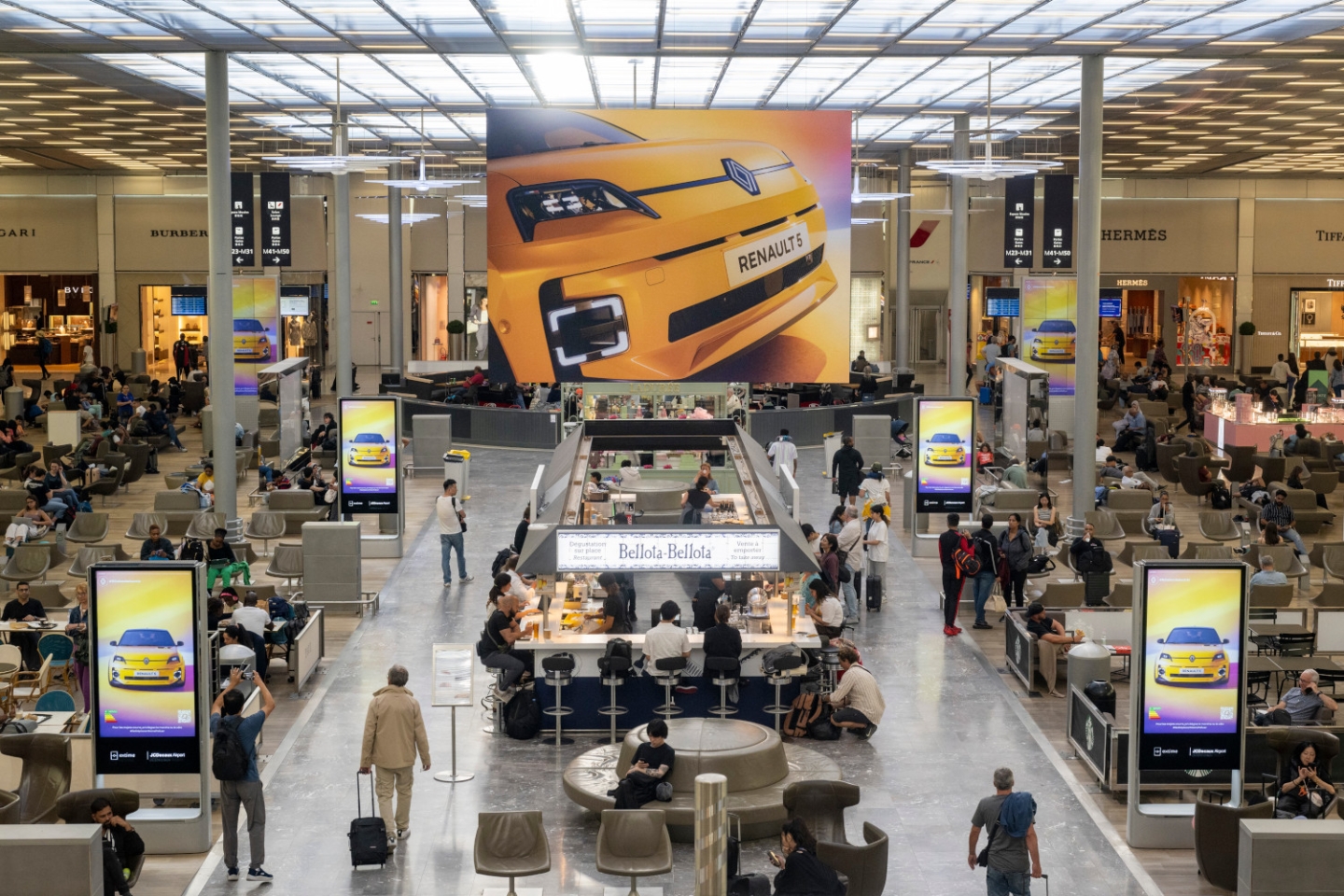
Types Of Advertising Formats In Airports
Airports offer a surprising variety of advertising formats for marketers to play with and make their ads more effective. This means that if your brand does want to take advantage of this unique marketing environment, it has multiple options for doing so.
Digital Screens
Digital screens and video walls are becoming more popular, especially in modern transit hubs, like Heathrow Airport. Facilities managers put these in as many places as possible so they can earn additional revenue streams.
Digital screens can play a single ad, or you can add your business’s ad as part of a repeating carousel. These tend to be in central hubs in the most visible locations, although you also see them in waiting lounges and even corridors between gates
Many airport digital screens combine ads with useful customer information to drive even more engagement. Travelers watch them because they want to see weather updates and take-off times, but to get to this information, they have to sit through ads (similar to TV experiences).
Banners And Static Signage
Banners and static signage are a lower-cost option in many airports. These are less visually interesting, but you can place them in more places, including in public bathrooms, retail zones, and high-traffic areas.
Lounge And VIP Area Displays
Lounge and VIP area displays are another option. These modalities often have higher ROIs because they target the premium market; travelers with extra money to spend. They often appear on:
- Sponsored WiFi portals
- Tablet kiosks
- Branded wall wraps
Because these ads appeal to a premium audience, they should also promote high-end businesses. Therefore, consider using them for things like wine tasting, private jet services, and luxury travel.
Baggage Reclaim Areas
Finally, you can add advertising to baggage reclaim areas. Usually, airports have multiple options, like floor decals or overhead screens.
Ads in this location are effective because it is the moment passengers know their journey is nearly over. They start to relax and need products and services that meet their immediate needs, like restaurant food or car hire.
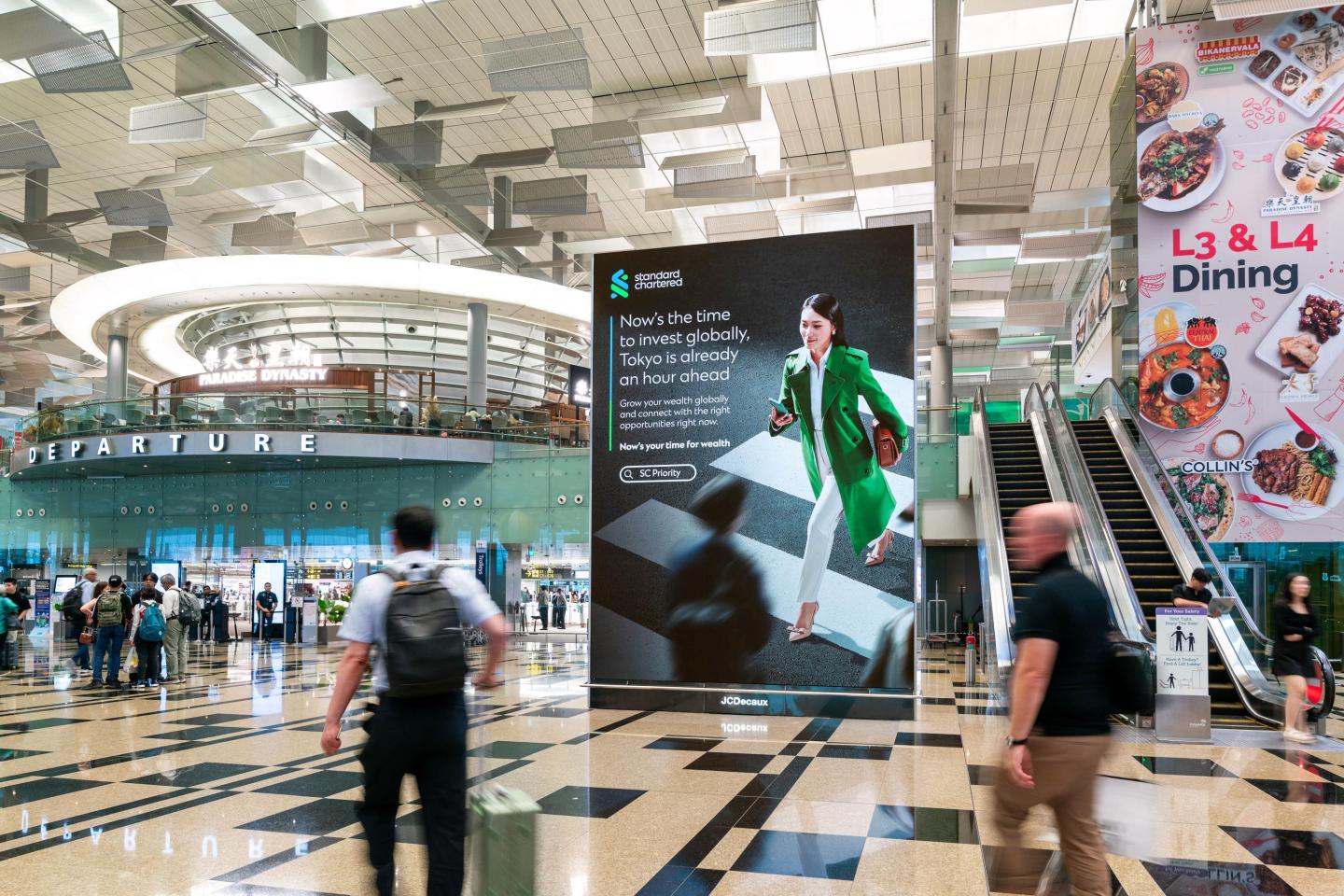
The Role Of Digital And Programmatic Targeting In Airports
In addition to the above formats, digital and programmatic targeting is playing a greater role in airport advertising. Brands know that if they can show their ads to the right customers, conversions will rise.
Real-time personalisations based on things like weather, location and time is one option. For example, digital screens can display breakfast items or coffee in the morning and then hotel ads in the evening.
Geofencing-based targeted ads are also possible on some programmatic platforms. For example, some airports show different ads to customers in lounges than, say, in the main terminal building or food court.
Data-driven audience-matching is also possible to some extent. Airports can track who uses their spaces and then leverage this information to determine the most effective form of advertising to show.
Finally, cross-device marketing can work on a small scale. For example, travelers can scan QR codes in airports on their phones and then receive remarketing, based on the ads they saw in their immediate environment.
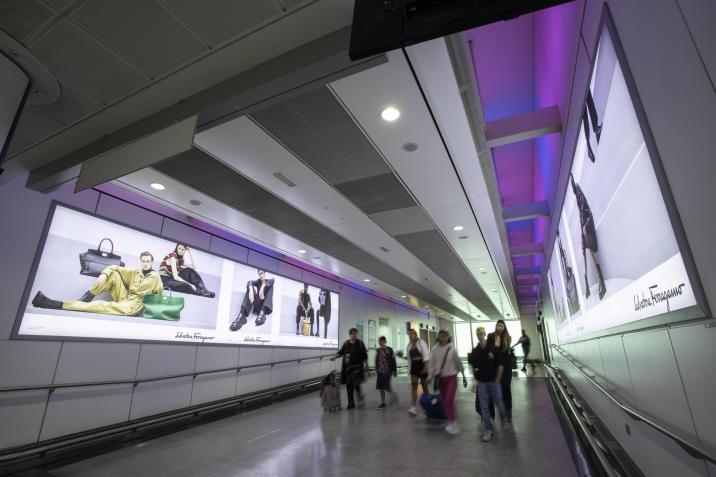
How Airport Advertising Builds Brand Trust and Awareness
While airport advertising seems sneaky, it is actually one of the best ways to build brand trust and awareness. Here’s why:
It Builds On Positive Emotional Vibes
Most people in the process of traveling are in high spirits. They’re about to be whisked off on holiday or perhaps to see family they haven’t seen in a long time.
Because of this, they usually have positive emotions. They just feel good because they are breaking the monotony of their regular lives to do something new.
Smart brands know this and take advantage of it. They try to associate their products and services with this unique emotional landscape, encouraging prospects to purchase both now and in the future.
It’s Repetitive
Another reason airport advertising builds trust is because it is repetitive.
That might sound like a bad thing, but research shows that constantly exposing leads to the same ads increases the likelihood of conversion.
It’s Thoughtful
Finally, airport advertising can also be thoughtful. Programmatic approaches tailor advertisements so they make sense for the customer’s setting.
For example, brands might create bespoke ads by flight type of gate.
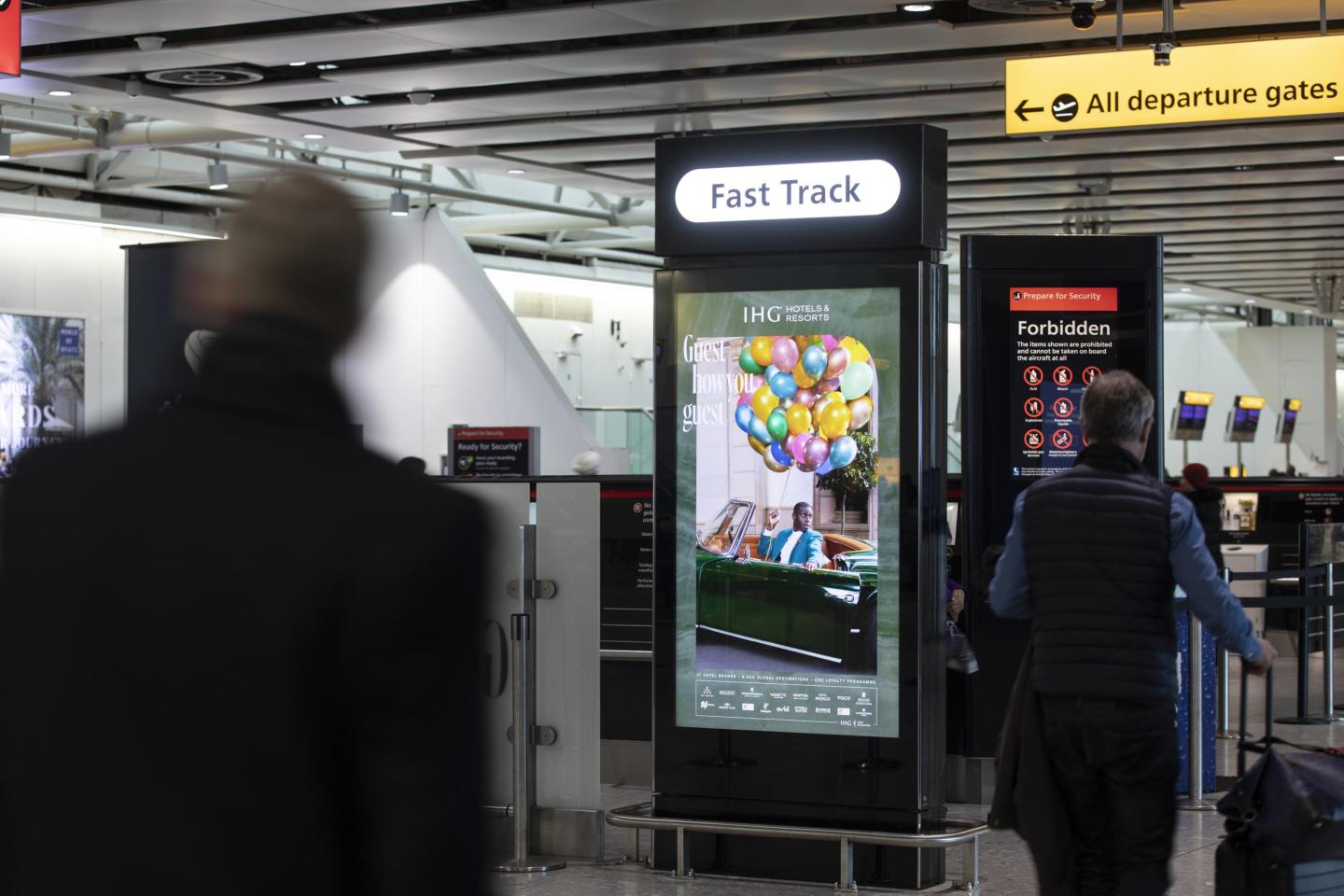
Now You Know Why Airport Advertising Works And The Psychology Behind It
Having read this article, you should have a better understanding of why airport advertising works so well and the psychology that drives it.
Ultimately, it is successful because travelers are a unique set of people in a highly sensitive state of mind. Many are willing to “treat themselves” because of lowered defences and the fact that they are in a novel environment.
Importantly, this type of advertising isn’t merely opportunistic. It’s also something that brands can use to leverage long-term value. By creating associations between customer pain points and solutions, they can induce a psychological state that would be hard to achieve in other out-of-home environments.
How to Book Airport Advertising
Ready to get your brand seen by high-value travellers?
At Excite OOH, we plan and deliver powerful airport advertising campaigns across major UK and international airports. Whether you’re targeting business decision-makers or holiday travellers, our team can help you reach the right audience with maximum impact.
👉 Contact us today to discuss your airport advertising strategy.

